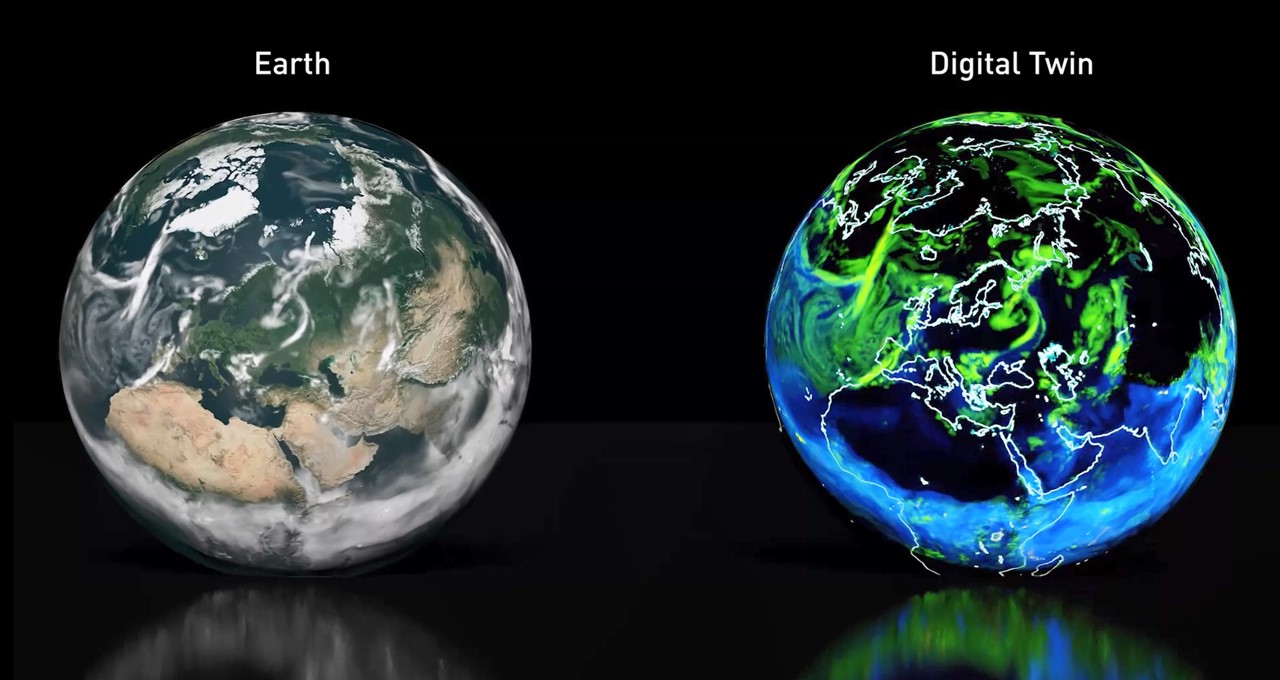
Virtual Reality headsets have numerous limitations, a natural part of the technology’s evolutionary process. Although the latest wave of VR started a decade ago, VR headsets still feel like they’re in their early developmental stages.
We still have to contend with issues like fiddling with cables (Playstation VR 2) and carrying bulky and uncomfortable boxes on our faces that weigh over half a kilo (Meta Quest 2). Also, we are stuck installing tracking accessories on walls (Bigscreen Beyond). While each device excels in specific areas, none can fully satisfy users in every aspect.
For the common user, a perfect VR headset would need to have the capacity to deliver graphics like those found in gaming consoles. Simultaneously, it must be wireless, generate minimal heat, and weigh so little that it barely registers on the nose. Even with these features, it must come at $300 or less. However, this is technically impossible.
Virtual Reality and Tradeoffs
Engineers must carefully balance multiple factors during the design process of VR headsets, including optics, performance, weight, form factor, efficiency, and price. These factors are often mutually exclusive, so improving one can lead to compromises in other areas.
Designing VR hardware requires making tradeoffs. The best VR headset does not excel in one or two areas. It is the one that minimizes compromises to the overall experience, despite technical drawbacks.
Unlike truth, VR headsets are not a principled technological imperfection. They may one day become perfect or at least eliminate the major drawbacks of today’s technology, but this will take a long time.
VR hardware design is a game of tradeoffs. In the world of virtual reality, the best headset is not necessarily the one that excels in one or two areas but the one that balances technical drawbacks for an optimal experience. Although imperfections exist in current VR technology, its capabilities’ evolution and advancement are fascinating prospects. This has made VR remain alive for over a decade.
The featured image is from vr.linda.com



